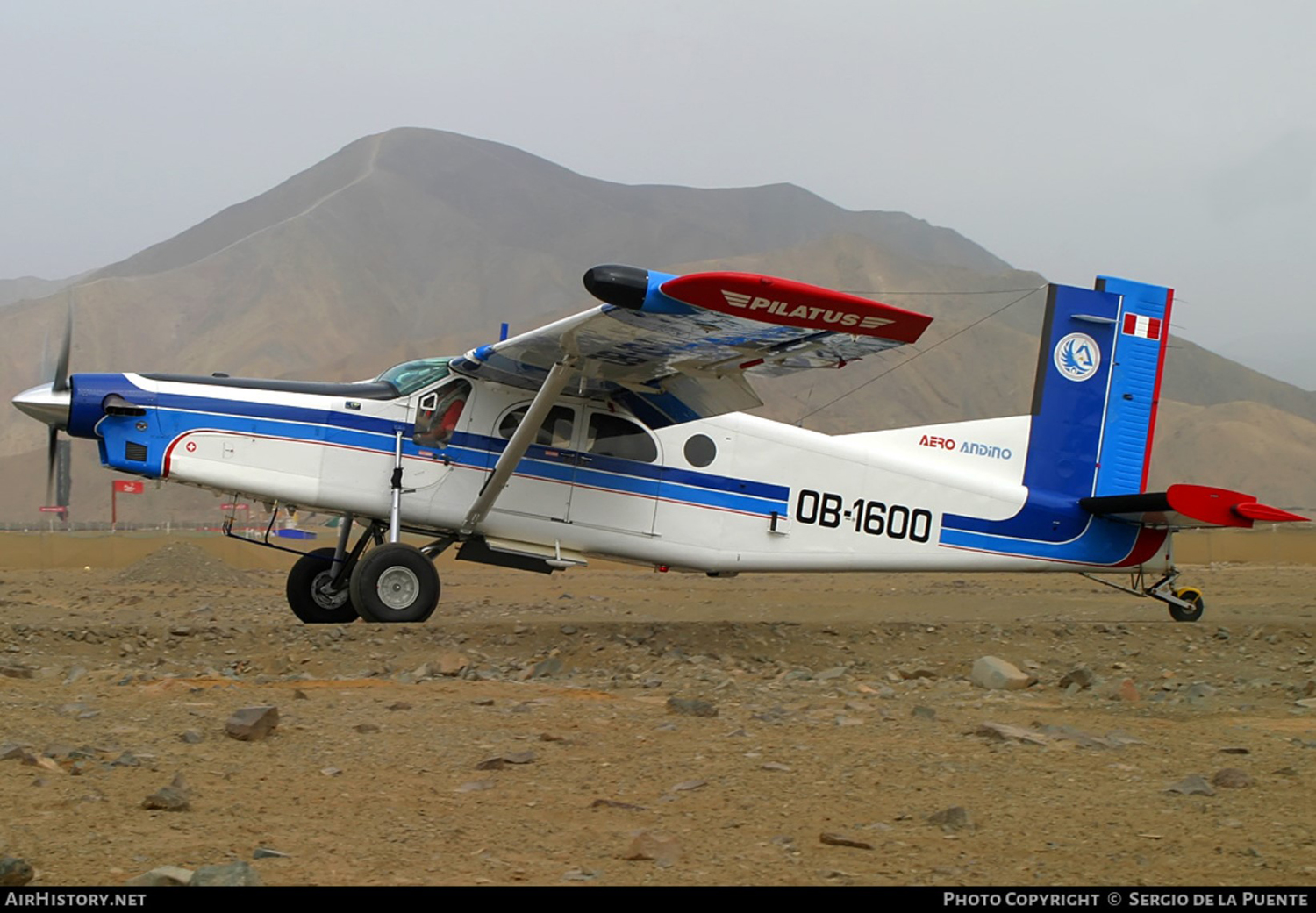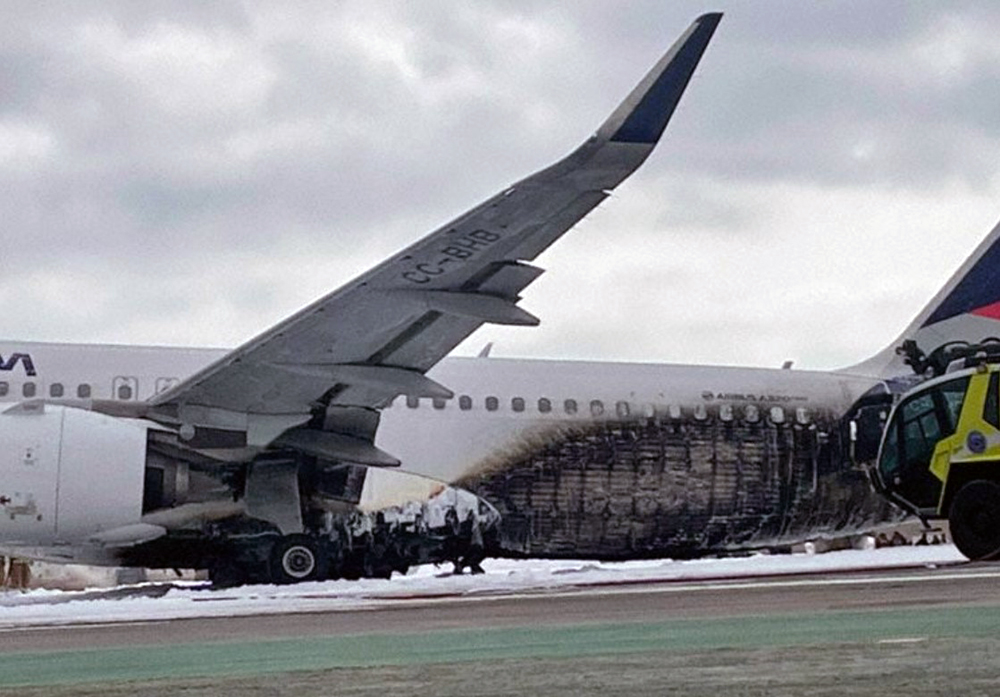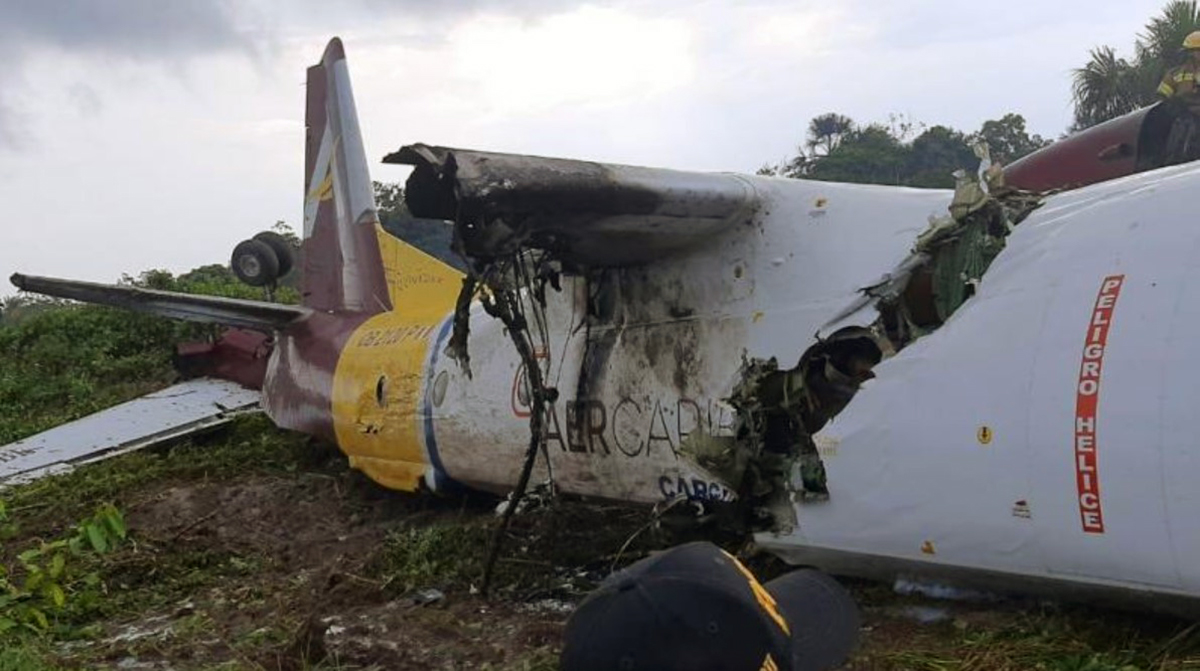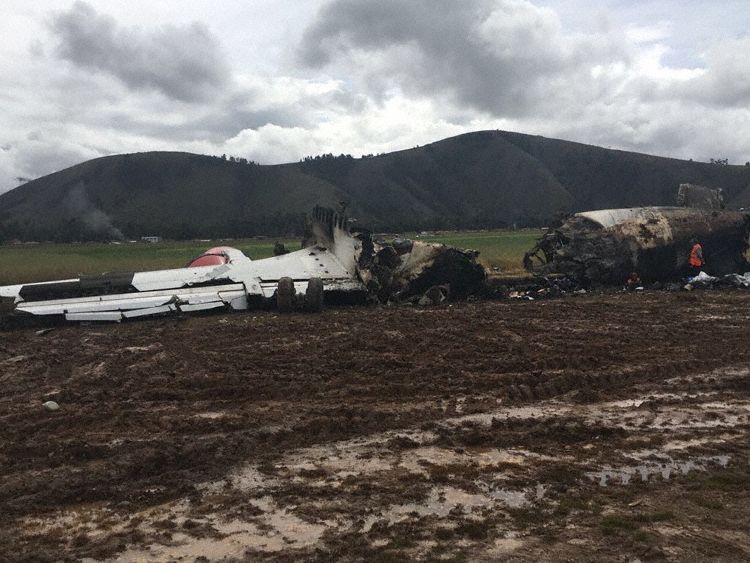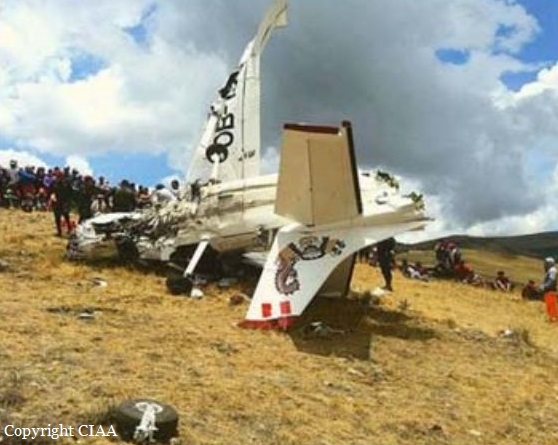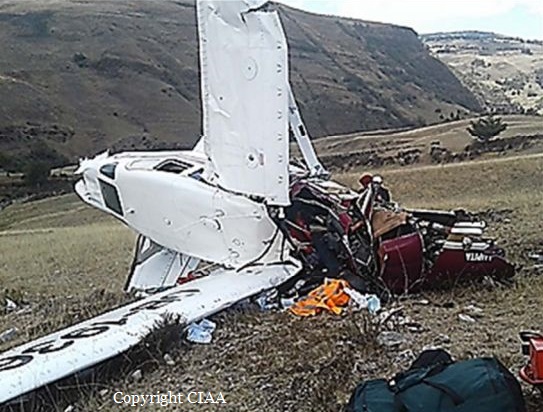Crash of a BAe 3201 Jetstream 32EP in Güeppí
Date & Time:
Mar 4, 2025 at 0954 LT
Registration:
OB-2178
Survivors:
Yes
Schedule:
Iquitos - Güeppí
MSN:
861
YOM:
1989
Crew on board:
2
Crew fatalities:
Pax on board:
11
Pax fatalities:
Other fatalities:
Total fatalities:
0
Circumstances:
After landing on runway 05 at Güeppí Airport, the twin engine airplane was unable to stop within the remaining distance. It overran, rolled for about 50 metres then collided with trees and ended up in a dense wooded area. All 13 occupants evacuated safely, some with minor injuries. The aircraft was destroyed.






